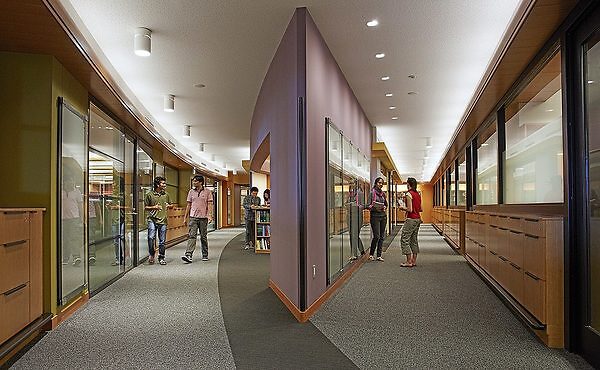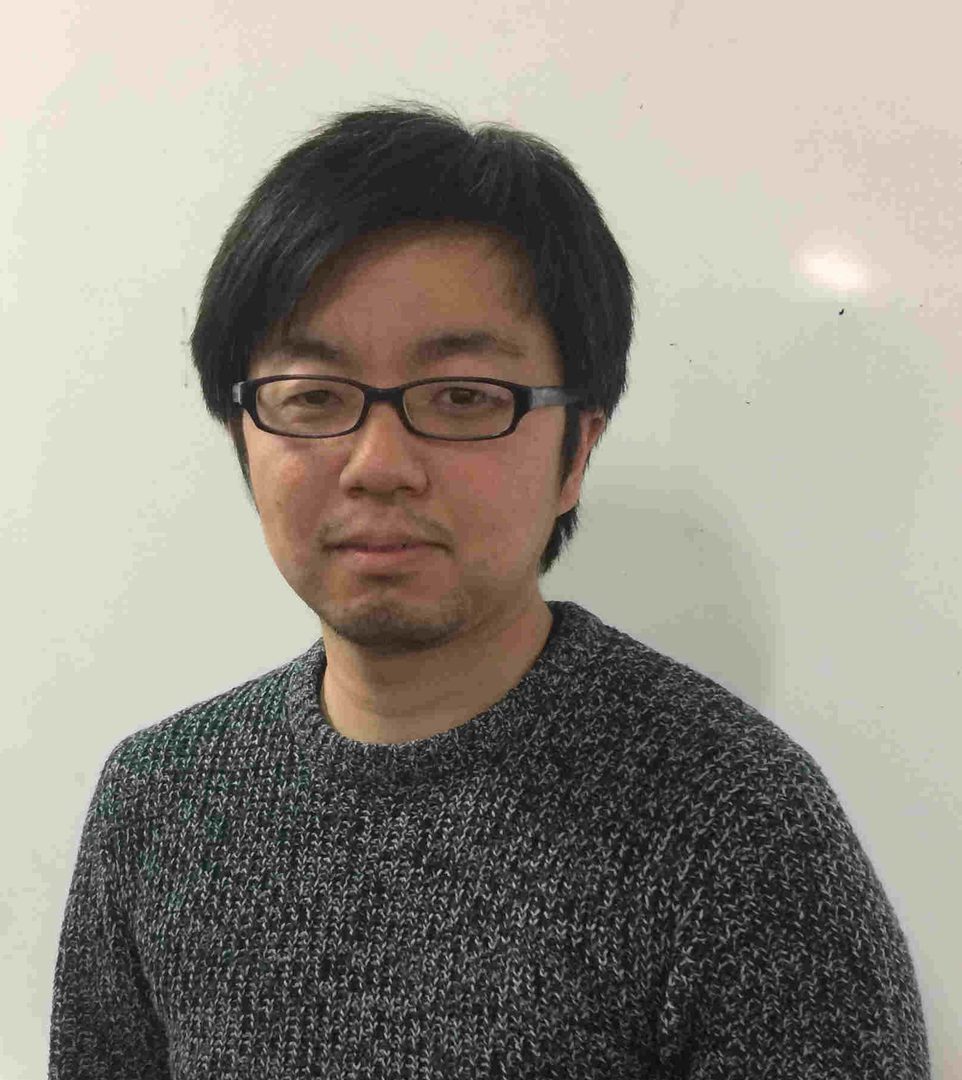New PIs Seminar

Date
Location
Description
Newly hired PIs will present their research.
Vincent Laudet
Marine EcoEvoDevo Unit - OIST
Coral Reef Fishes as Models for Life History Transitions
The Marine EcoEvoDevo Unit (MEEDU) is interested in how hormones and their receptors play a role in evolutionary processes. To do so, we focus on thyroid hormones and their function in the control of metamorphosis. In amphibians TH, combined with other hormones such as corticosteroids, have been shown to be essential for triggering and coordinating the transformation of the tadpole into a frog. IN MEEDU we will use the extraordinary diversity of coral reef fish to better understand the role of hormones in the evolution of life history strategies, in a perspective integrating ecological, evolutionary and developmental components. Most coral reef fish exhibit a biphasic life cycle with a pelagic larvae that ultimately transform into a reef associated juvenile. Interestingly however, the numerous species of coral reef fish vary according to the timing, duration and magnitude of their metamorphosis. We therefore have a vast array of peculiar adaptations, innovations, and constrains to explore. Although many Evo/Devo studies have scrutinized the emergence of animal adaptations, this has rarely been done taking into account the environmental parameters and in particular the role of hormones in the plasticity of the traits. Coral fish offer us, thanks to their diversity, an excellent ground to study how hormonal signals can intervene in evolutionary innovations. We therefore wonder how environment shape developmental trajectories and how changes in hormonal systems can explain the diversity of life history strategies observed in coral reef fish. For this we use two coral reef species: the clownfish Amphiprion ocellaris as an experimental model in which functional approaches can be developed as well as the surgeonfish Acanthurus triostegus, as an ecophysiological model. We will mainly focus on pigmentation as a plastic trait that appeared during metamorphosis.
Emile Touber
Shocks, Solitons and Turbulence Unit
The Shocks, Solitons and Turbulence (S2T) unit investigates theoretically and numerically the way kinetic energy in deformable substances (mostly fluids) is redistributed across scales by wave-like motions and turbulence in a broad range of applications (aerospace, energy, transportation). In this introductory talk, we shall see how a question arising from actual rocket science (the ones that go to space) has led us to study wave-like and swirling structures in vegetation patterns that could perhaps be engineered to develop land-management techniques.
Hiroki Takahashi
Experimental Quantum Information Physics (EQuIP) Unit
Developing functional quantum information processing devices with ion trapping technologies
Epitomized by Google‘s recent breakthrough of quantum supremacy in quantum computing, quantum information technologies - technologies that harness quantum properties of matter and information - are making rapid progress. However, despite all the recent excitements, the field is still in its infancy in the sense that there are many challenges to overcome until we see real applications in the society. We, EQuIP unit take on one of the most important challenges in quantum information technologies, which is to scale up the size of quantum hardware without sacrificing its performance. Quantum information is infamous of being extremely fragile. The difficulty of quantum information processing (QIP) lies on the fact that one needs to maintain quantum information almost perfectly intact as the size and complexity of the system grow. Our approach is based on the technique and physics of ion trapping. Trapped ions are a system where individual atomic particles are suspended in vacuum without motion and are controlled coherently by means of laser and microwave irradiation. They have provided an excellent platform for QIP, so far in a relatively small scale. In order to expand their capability in a larger scale, we are developing ion traps that can be interconnected optically. Such an ion trap can be used as an embedded module in a network and the network as a whole would function as a large QIP unit. At the moment, we, as experimental physicists, focus on creating such functional ion trap modules in the laboratory by designing, fabricating and testing them with tools such as lasers, vacuum pumps and human intelligence.
Subscribe to the OIST Calendar: Right-click to download, then open in your calendar application.






